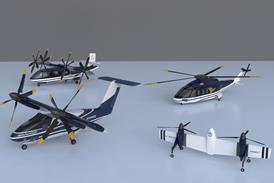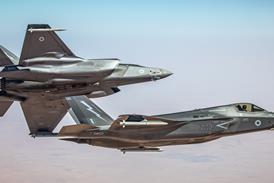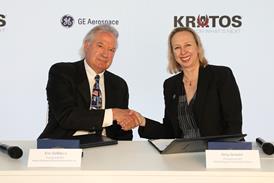DeeDee Doke/RAMSTEIN AB
Readiness levels in the US Air Forces in Europe (USAFE) are at least 5% below acceptable levels, according to European commander Gen Greg Martin. Efforts to improve the situation, however, were set back by last year's Operation Allied Force in the Balkans.

Sixteen months after the Balkan campaign ended, average readiness levels at USAFE are 75% to 80%. But Martin admits "80 to 85% is what we're looking for in most of our combat systems".
"USAFE and the service's other overseas command, Pacific Air Forces (PACAF), typically operate at 3-5% higher readiness than US-based units", Martin adds. A year ago USAF-wide readiness levels were below 75%.
Martin, who took command of USAFE in January, blamed the rate on a long-standing lack of spares and being "a little thinner than we'd like to be" in mid-level maintenance supervision.
"So when you put the two together," he says, "our readiness rates have not yet turned the corner - although it looks like their decline has been stopped. I think we'll now begin to see an increase."
The lack of spares predates the Yugoslav war by several years, and until 1995 the USAF leaders were unaware of the funding shortfall.
"It took the better part of two years to fully understand the magnitude of that and to actually begin to lay in, or ask for, the funding we would require," Martin says.
Increased funding was available on a graduated basis, or added to readiness accounts so improvements could build. But what Martin calls the first "serious slug" of money did not appear until fiscal year 2000. Any progress between 1995 and 1998 was consumed by the Kosovo war and so readiness rates are not as good as they would have been had the conflict not occurred, Martin says.
Source: Flight International























